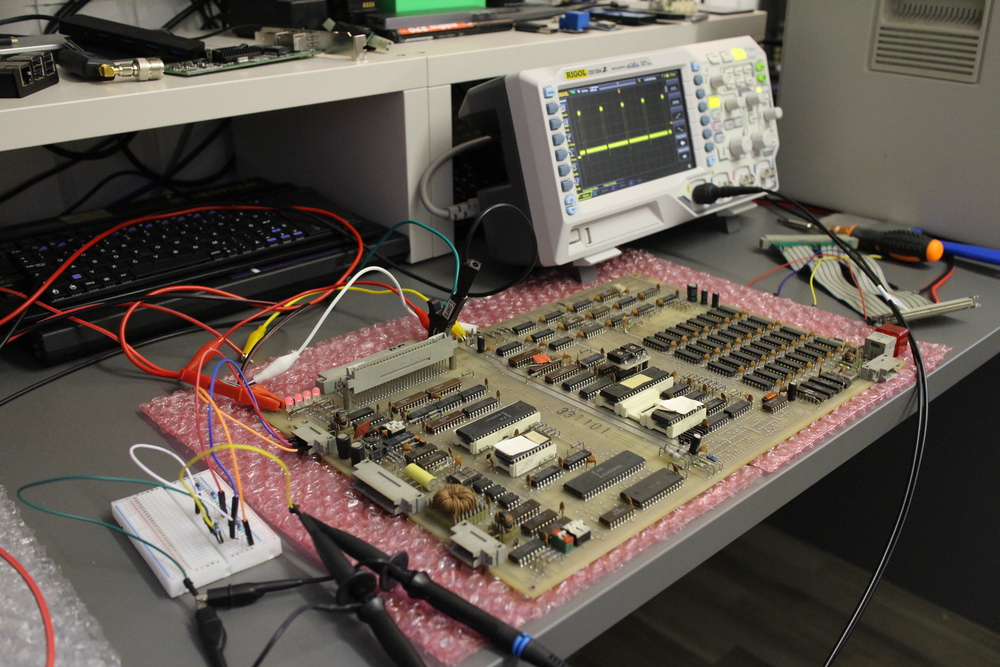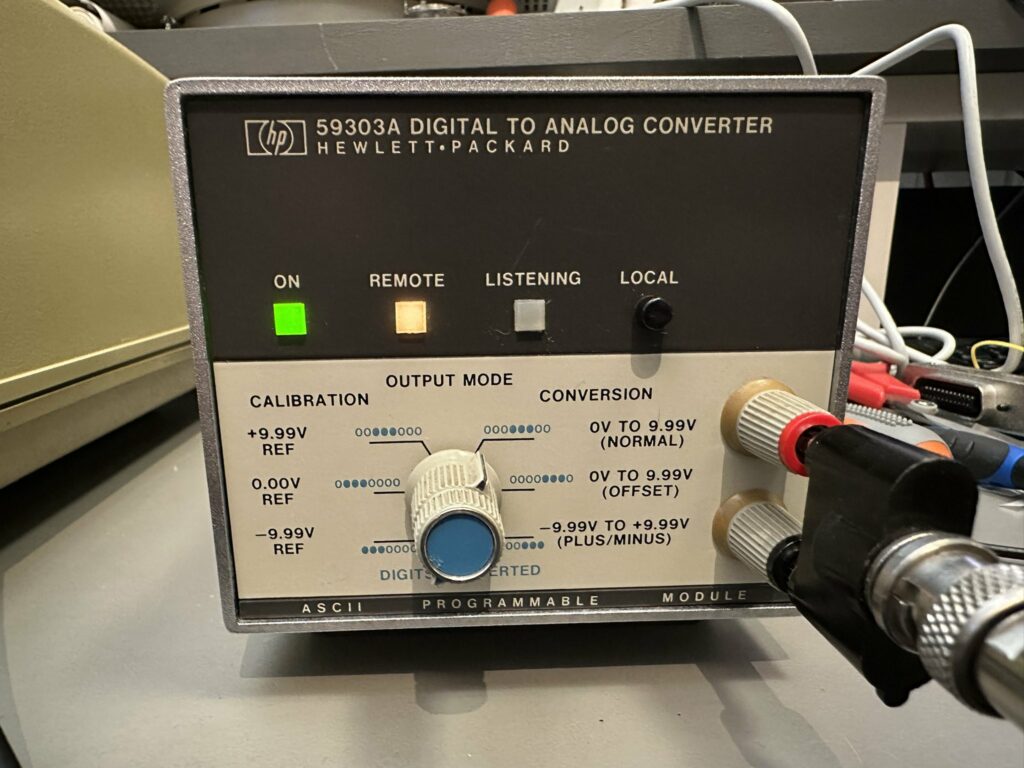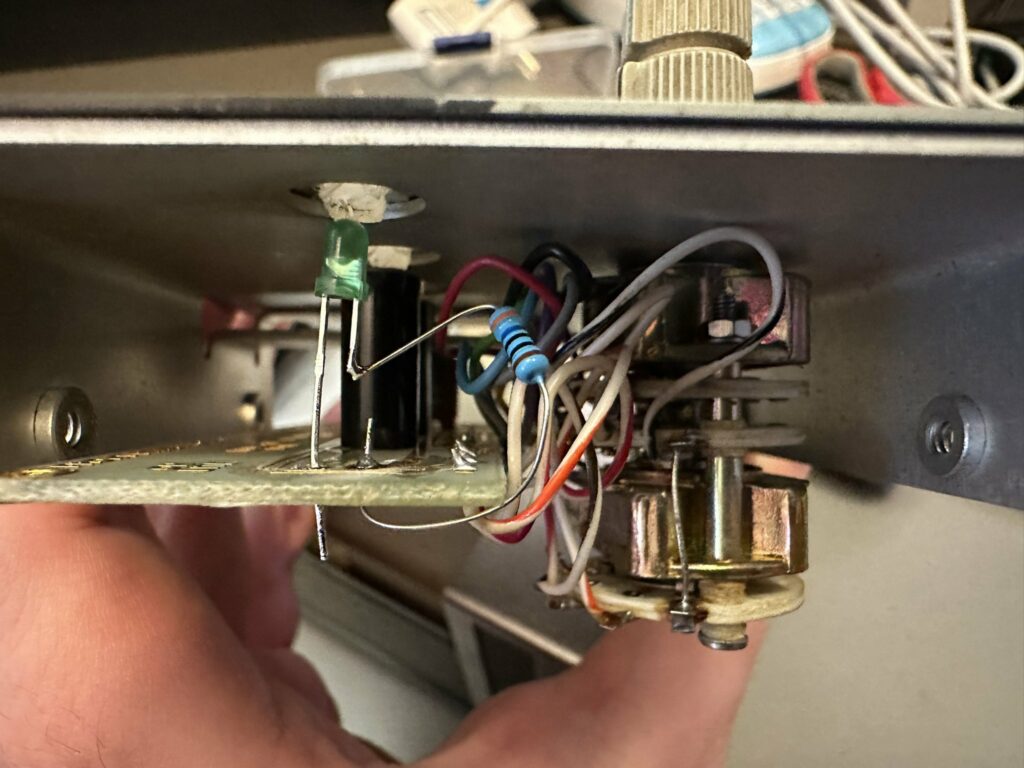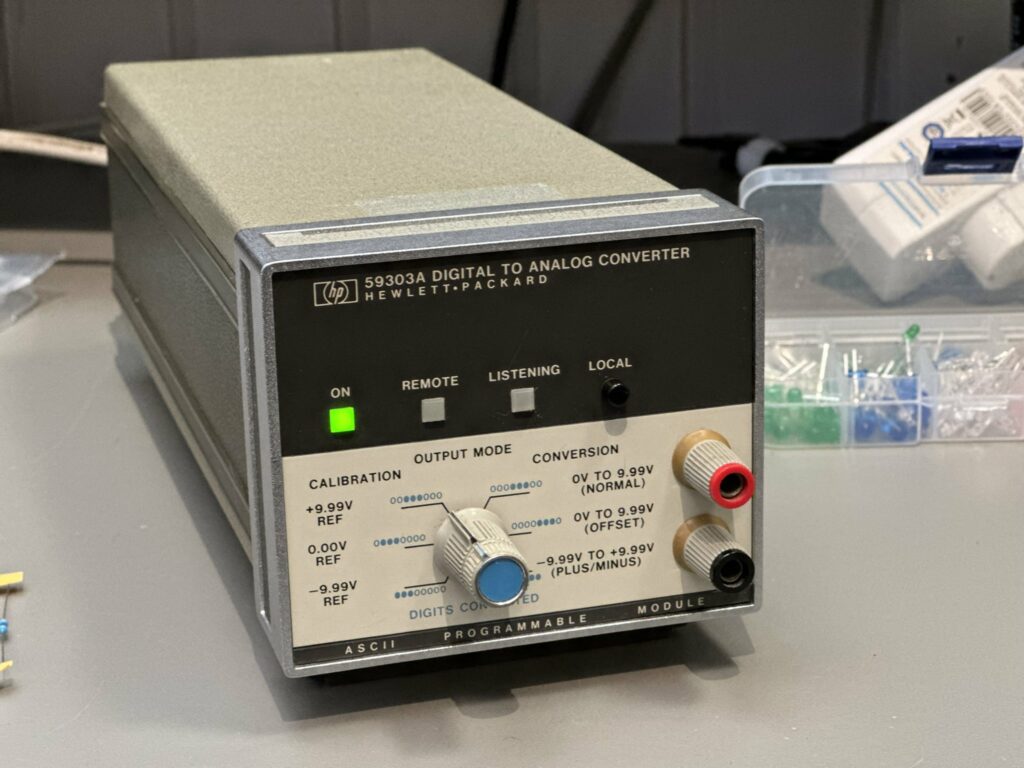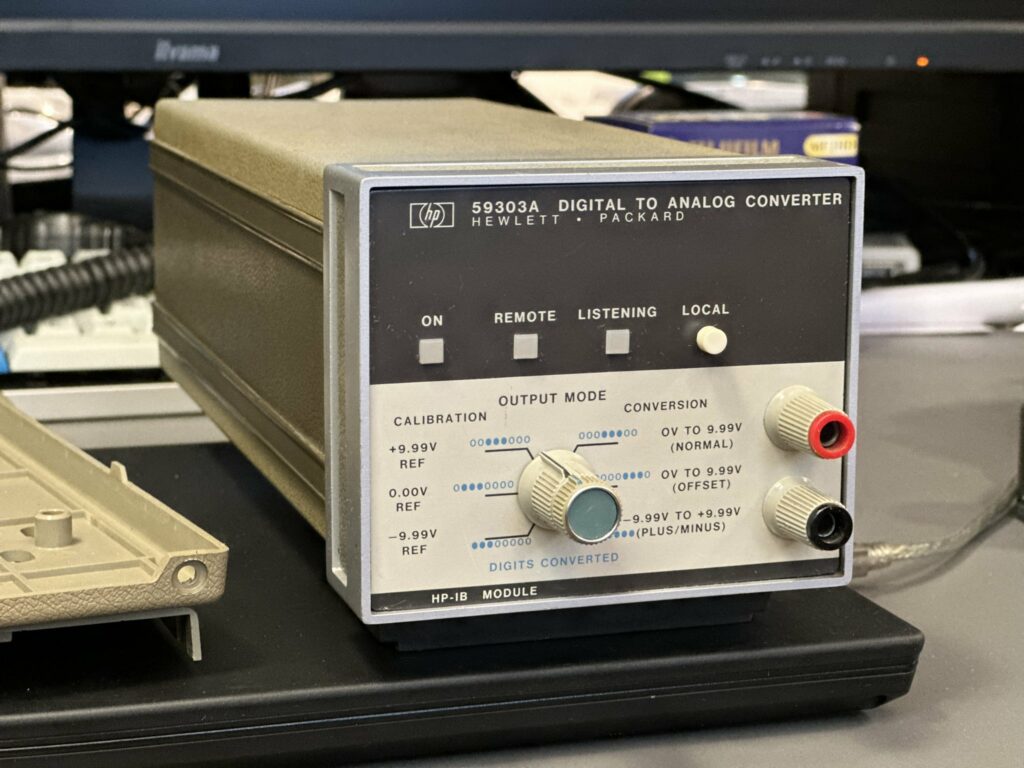HP 9872B Plotter
I have an HP 9872B plotter in my collection that is in very bad condition. There is a short circuit in the power supply somewhere. The foil on the paper surface has come off. I noticed that the HP 9872B plotter has a card slot. Does anyone know what it is for?


I think I’ve found the reason for the fuse blowing. Perhaps a short-circuited diode. With the variable transformer I already have 2 A at a few volts. I found a diode with a short circuit. Maybe I have a suitable one in my spare parts store.
I swapped a few filters. I didn’t have the right values but I improvised.
YES!!! Successfully repaired! Three of four diodes replaced. The HB 9872B plotter has come back to life!
The missing HP logo was replaced with an original one. Everything was cleaned and the HP 9872B plotter was ready.
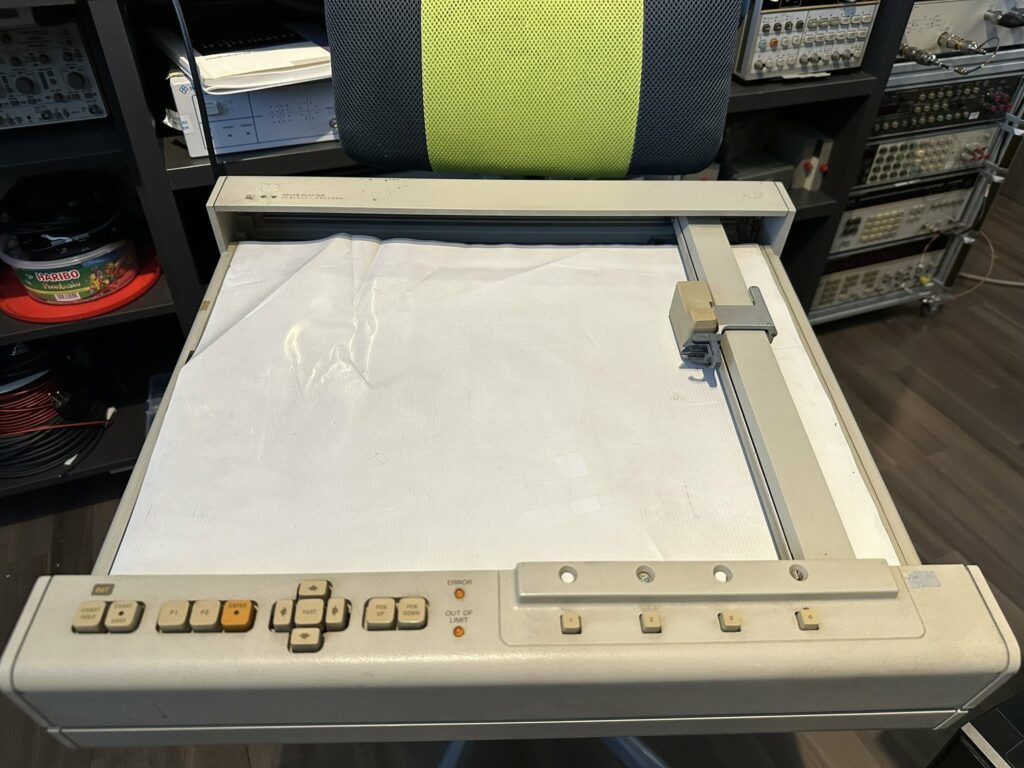

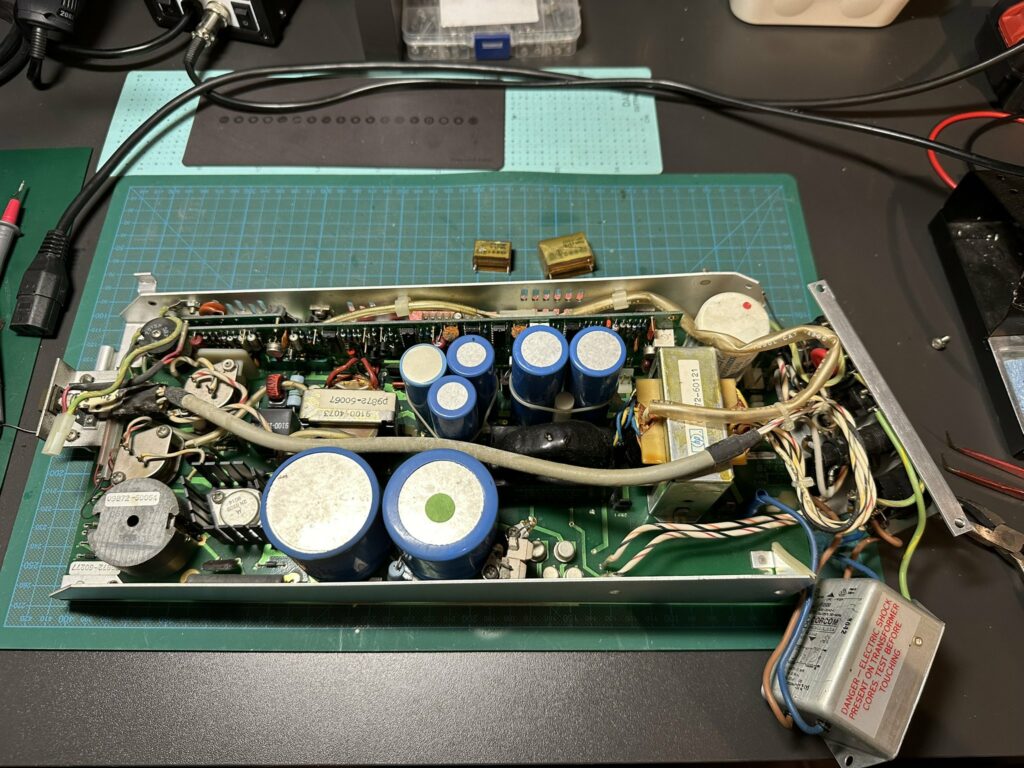

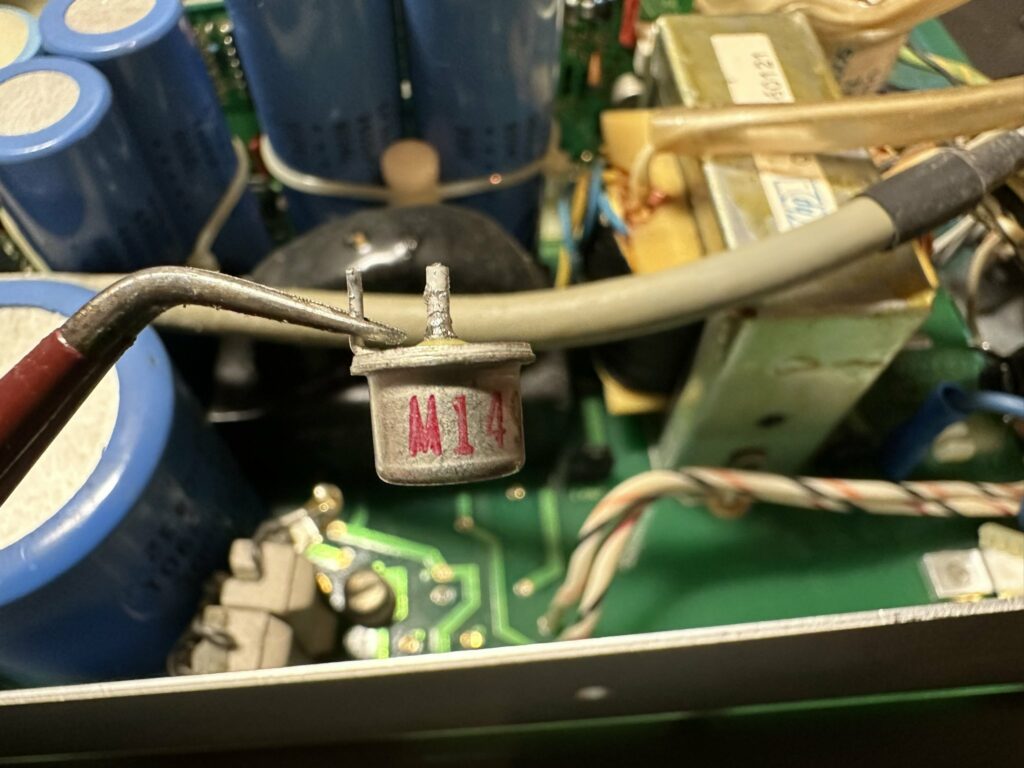
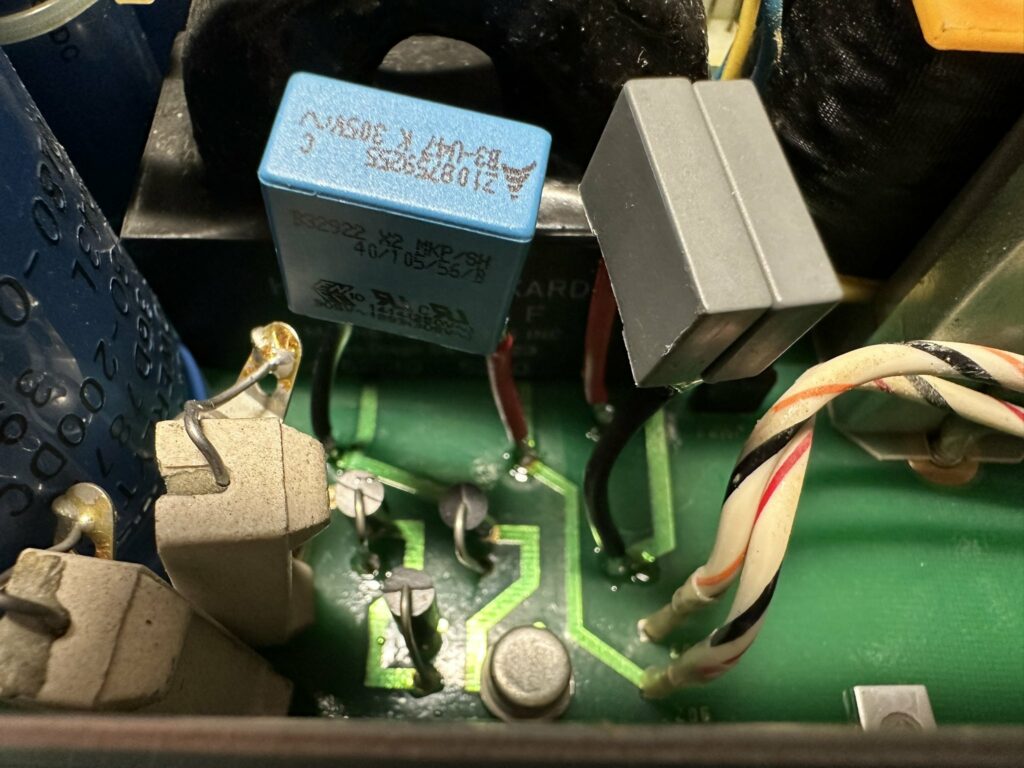


HP 8481B Power Sensor
The HP 8481B power sensor can measure 1mW to 25W without an offset on the HP 438A power meter and can do so up to 18 GHz. The attenuator is part of the power sensor system. I will carry out a few tests.

HP 9872C Plotter
The HP 9872C is one of the most beautiful plotters HP has ever developed. Repair first… I’m trying to replace the foil cable that broke with a new one.

Repair successfully completed

Demonstration of a 1981 HP 9872C pen plotter drawing a Columbia space shuttle. The plotter is controlled by an HP 85B computer.
Troubleshooting the HP 5334A Universal Counter
Troubleshooting the HP 5334A Universal Counter. The internal highly stable crystal oscillator drifts after 2h. Monitor all voltages on the power supply. Definitely a thermal problem. The drift disappears through a brief cooling and then returns a short time later.
The problem was the C8 capacity. This must be removed after installing option 010.
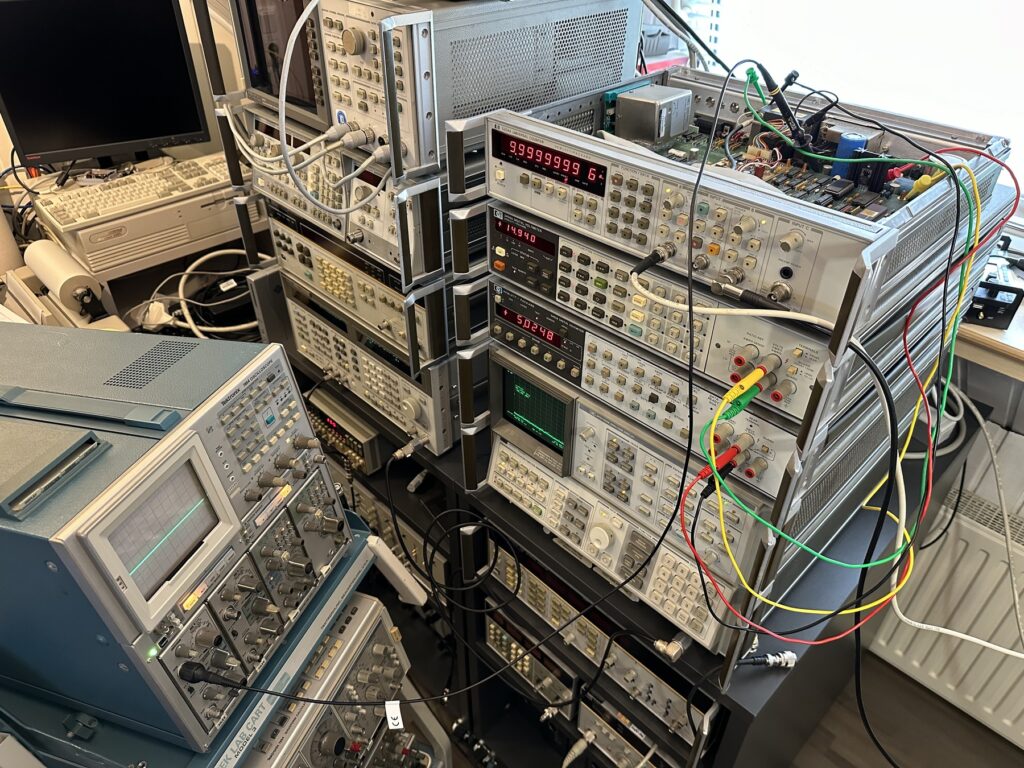
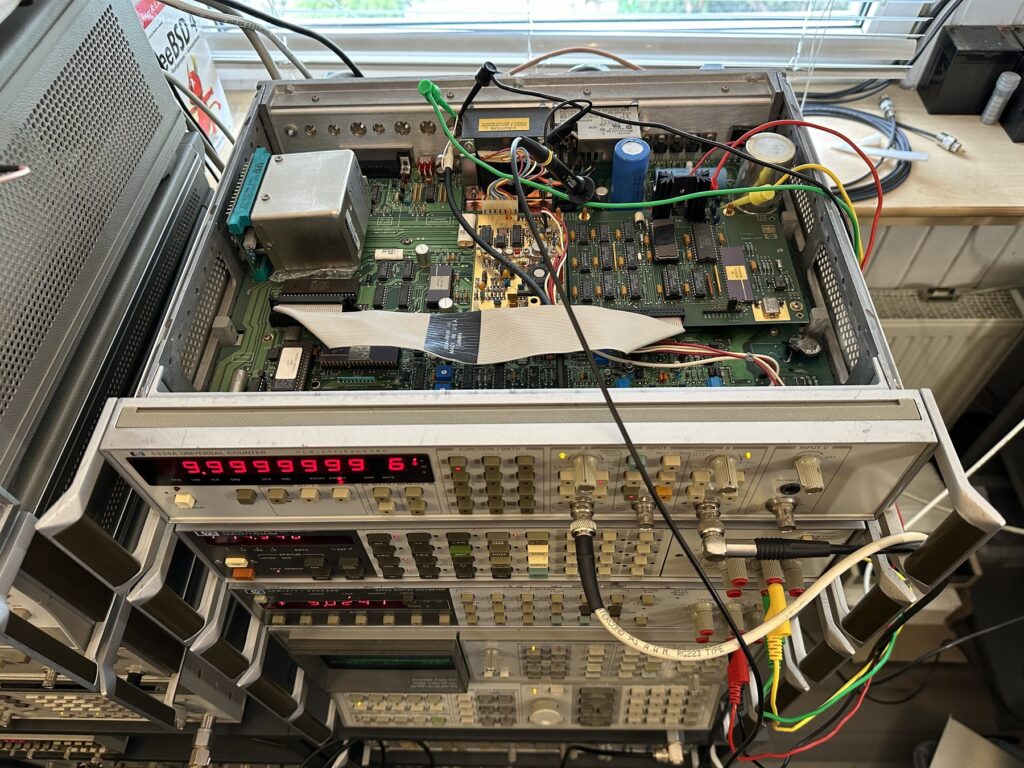
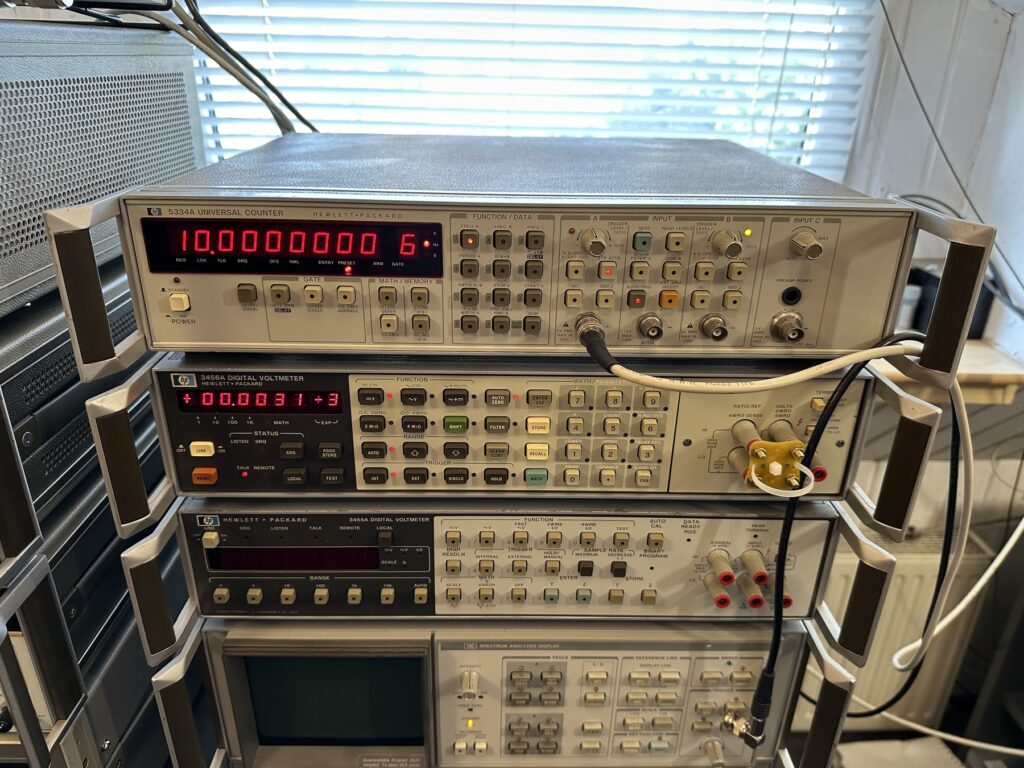

HP 8568B Spectrum Analyzer DLP Downloadable Program
The HP 8568B can be optionally upgraded with software via the HP-IB. In my case, the Spectrum Analyzer already has a few DLPs stored in its ROMs from the factory.
In this video I show the operation and for the functions of the individual programs.
I am interested in more programs. Who has some please mail me.
DLP Examples for the HP 8568B Spectrum Analyzer
10 Introduction
100 Return to this MENU
101 Harmonie Distortion
102 Monitor Signals
103 Waterfall Display
pfSense und Fritzbox Problem
Ich möchte mit diesem Beitag auf ein Problem mit der Fritzbox als Modem vor der pfSense hinweisen. Bis ich das Problem gefunden habe ist leider viel Zeit vergangen, dass möchte ich anderen ersparen.
Wer eine pfSense Firewall betreibt, hat an dem WAN Port sehr oft eine Fritzbox als Zugang zur DSL Leitung angeschlossen. Ich selber hatte eine Fritzbox an der pfSense und über „exposed host“ den gesamten Traffic an die pfSense geleitet. So weit so gut. Nun konnte ich beobachten das die Internetverbindung ab und zu sporadisch langsam oder unterbrochen wurde. Die Ping Zeiten gehen hoch bis keine Pakete durchgehen. Mit etwas Glück normalisiert sich das wieder, aber meist stürzt die Fritzbox ab und startet neu. Nach einigen Beobachtungen stelle ich fest das durch das Trennen der WAN Verbindung von pfSense zur Fritzbox das Problem kurzzeitig lösen konnte. Die Ursache habe ich allerdings er später gefunden. Es ist vermutlich die „state table“ der Fritzbox. Wird die anzahl der offenen TCP Verbindungen zu hoch, kann das die Fritzbox wahrscheinlich nicht mehr verarbeiten. Das FritzOS hat in den neuen Versionen vermutlich eine Limitierung der „state table“.
Die Lösung ist einfach, Fritzbox durch eine alternative ersetzen. In meinem Fall setze ich auf Draytek Vigor 167 und somit fällt auch das Doppel NAT weg.
Reparatur Robotron PC1715
Es ist soweit, die Reparatur des Robotron PC1715 ist abgeschlossen. Hier geht es zum Beitrag.
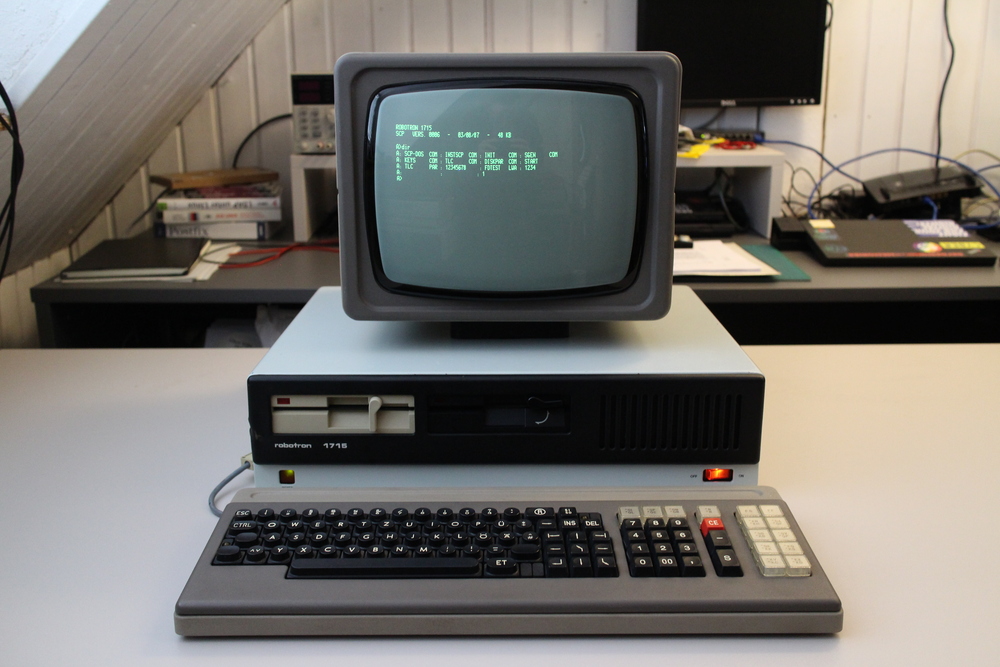
Restauration Robotron PC1715 – Teil 1
In meiner Vintage Computer Sammlung befindet sich schon länger ein Robotron PC1715. Diesen DDR Computer habe ich Restauriert, den ganzen Beitag kannst du hier lesen: Restauration Robotron PC1715 – Teil 1
